Making Dambu has been on my list of things to learn for ages. This weekend past, my Hausa teacher – yes, Hausa teacher (I’m learning to speak Hausa because I think it is delightful. It sounds incredibly beautiful – soft and melodic) taught me. In Hausa, Dambu literally translated is ‘mixture’. And this, is a mixture of cooked, pounded & shredded meat (beef, chicken, lamb, fish); seasoned and deep-fried. I’ve explored a few – of beef, chicken (Kazaa) and a version I made from sundried beef, Kilishi). It is an easy process, easier than I anticipated though there are a few tricky points.
Things to note
The first is in the cut of meat. You need beef that’s not fatty or stringy. I remember my ‘suya man’, Mamanga recommending a particular cut from the leg, if I remember right (I’ll go back to him to confirm).
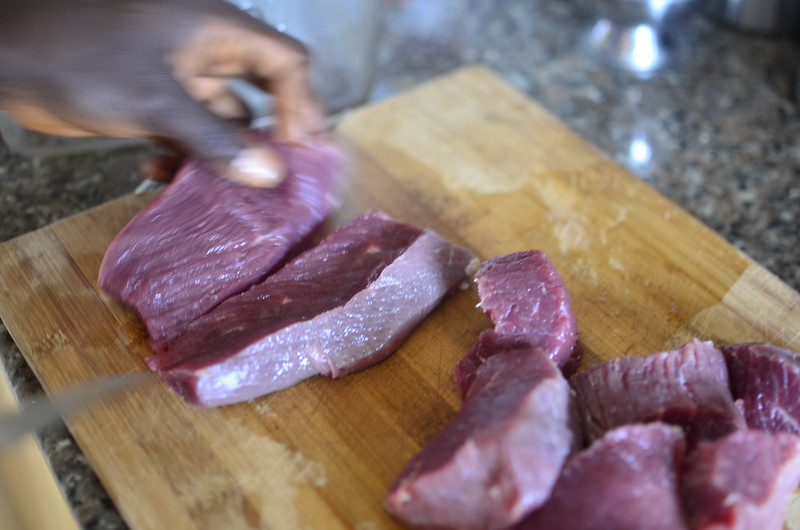 The second is in cooking it soft, till it falls apart.
The second is in cooking it soft, till it falls apart. 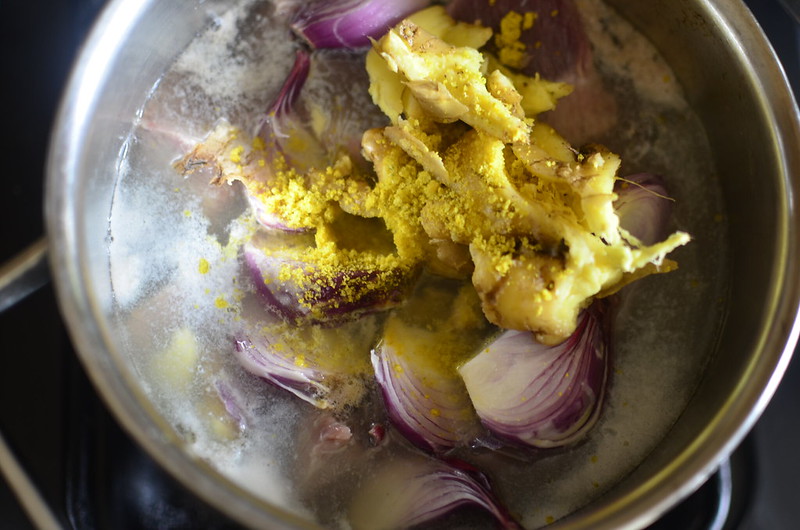
The frying. This is the heart of the matter. The oil needs to be just hot but not too hot so the shredded meat doesn’t become dry and crunchy ( I will measure the temperature and update post accordingly, but between 165 and 170 degrees C)
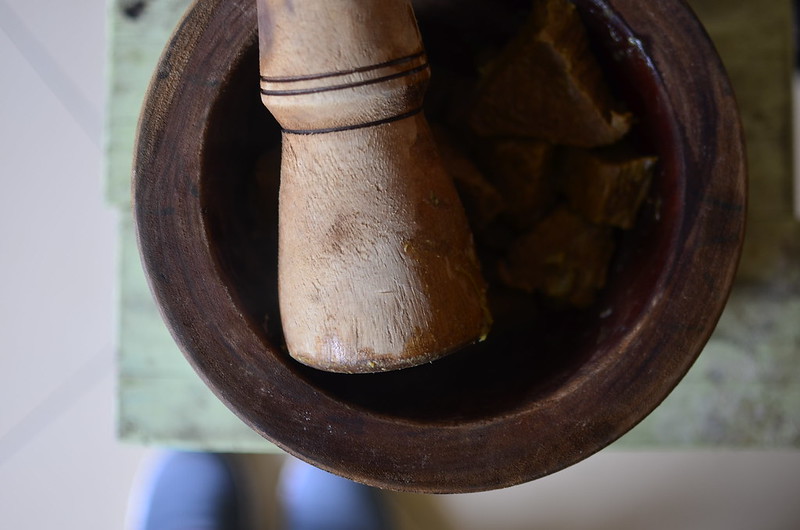

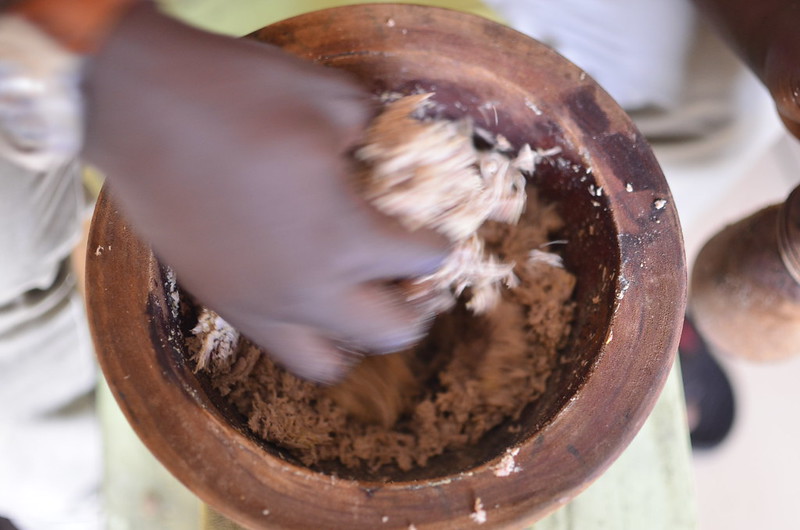
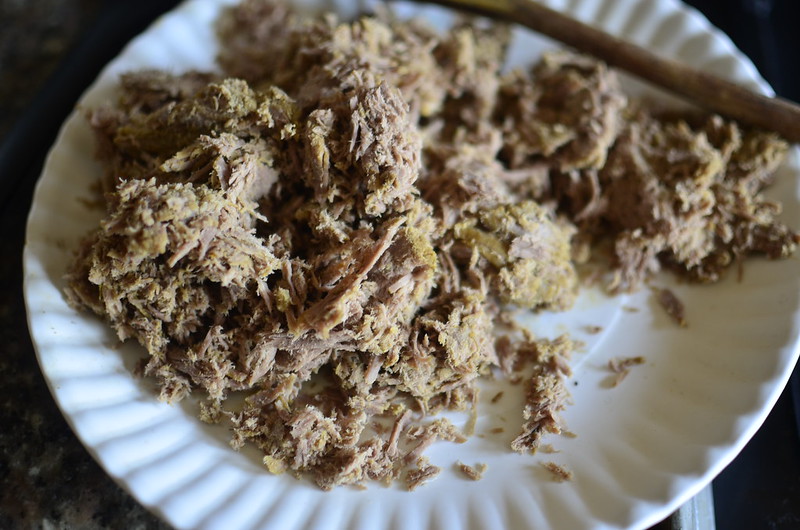
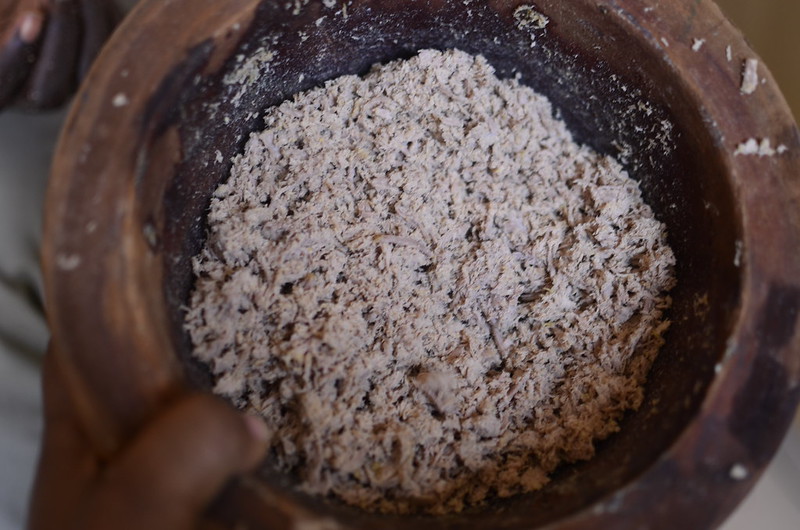
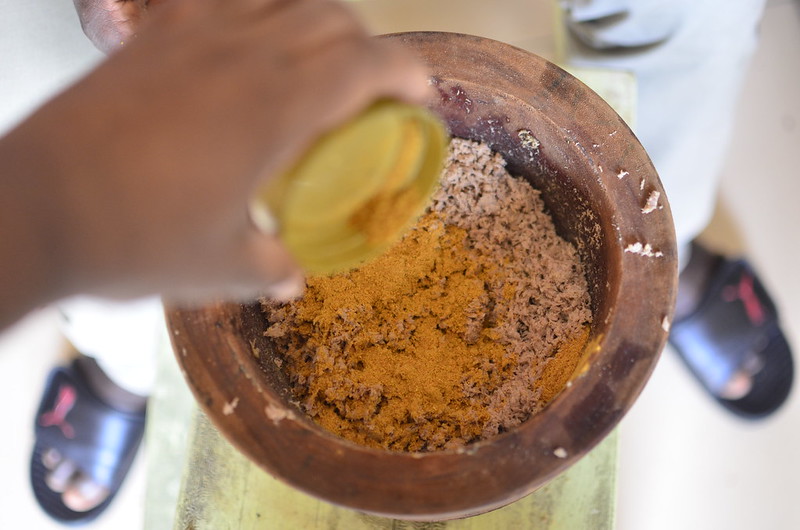

 Photo Credits: Enitan Adebowale
Photo Credits: Enitan Adebowale
- 2 kg beef, trimmed of fat & sinew and cut into chunks
- 1 tablespoon yaji
- 1 stock cube
- 1 large fresh onion, chopped
- 1 knob of fresh ginger, pounded
- Peanut oil (vegetable oil)
- Salt
- In a pot, season your beef chunks with yaji, stock cube, onions, ginger and salt. Top with water and allow boil till the meat is soft and the liquid dried out, checking to make sure the meat is well seasoned
- Once cooked, pounded the meat - you may have to do this in batches in a mortar till shredded. You'll have to rake through to make sure all of the meat is shredded as you pound. If you don't have a mortar, there are various other options to shred the meat. You could use a mallet or rolling pin on a chopping board
- Add the yaji spices and work into the meat
- Once ready, heat up some fresh peanut oil in a large pan and shallow fry. This is best done in batches and takes anywhere from 5 to 10 minutes. Getting the right texture for the dambu is critical. If the oil is not hot enough, the shreds will absorb most of it giving a greasy result. If the oil is too hot, the beef becomes dry and crunchy, instead of soft and chewy. Best to try a few small batches and work out your preferred texture and flavour
- At first, the meat will absorb a lot of the oil when frying. Stir continuously so it cooks evenly. When it's cooked, you'll find the meat releasing the oil
- Scoop out into a strainer lined with kitchen towels and press gently.
- This should keep refrigerated for a few weeks and frozen for many more...if it lasts more than a few days 🙂
- Best to try a few small batches to check seasoning and texture
- The savouriness/ spice levels tend to be enhanced after frying so go easy on the seasoning

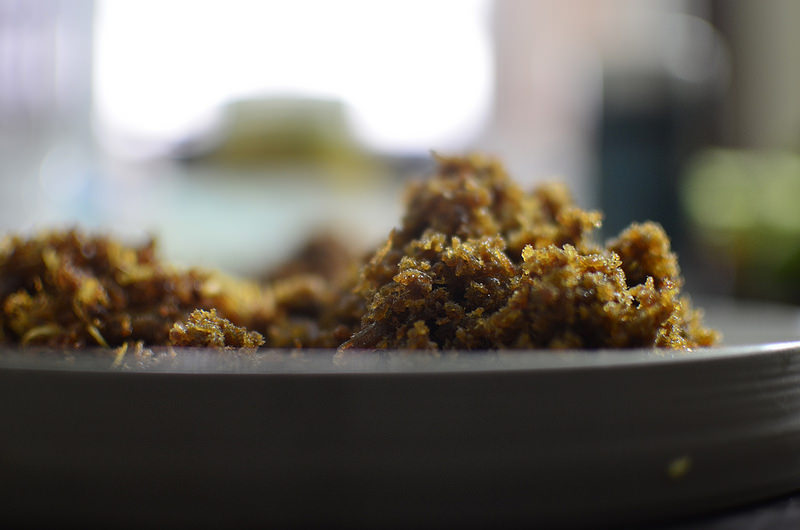

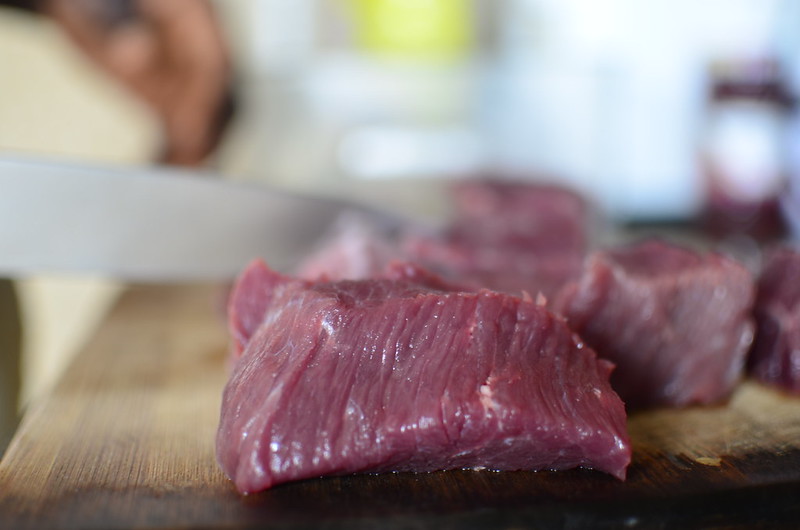
Leave a Reply